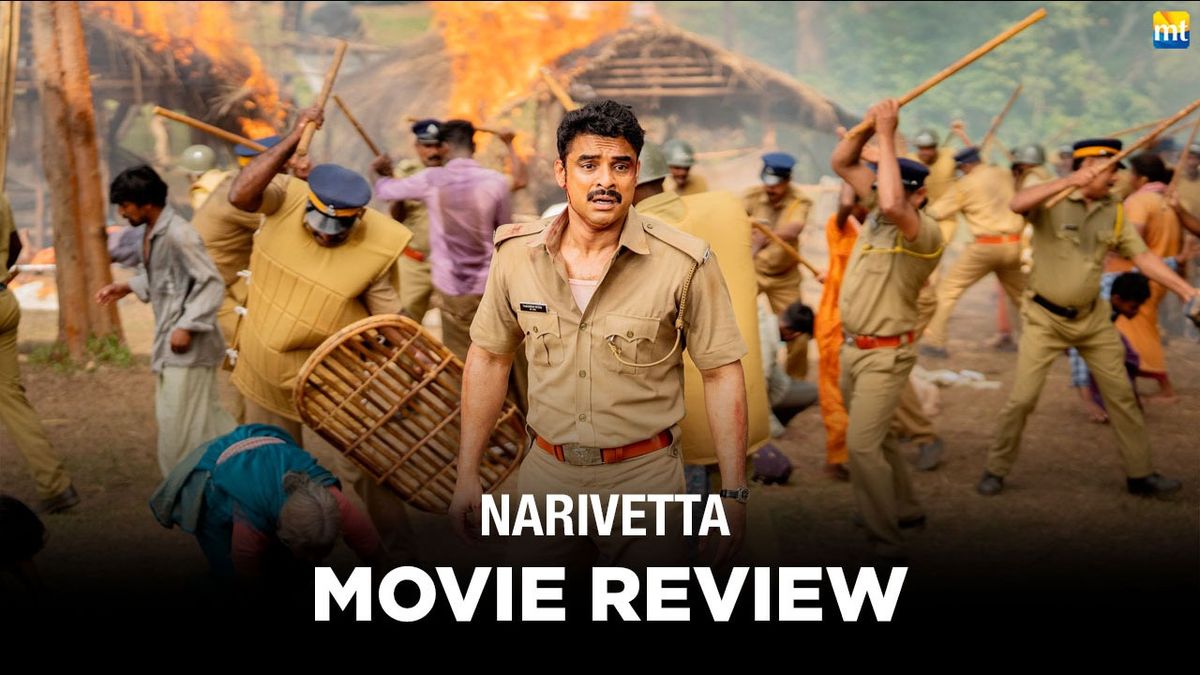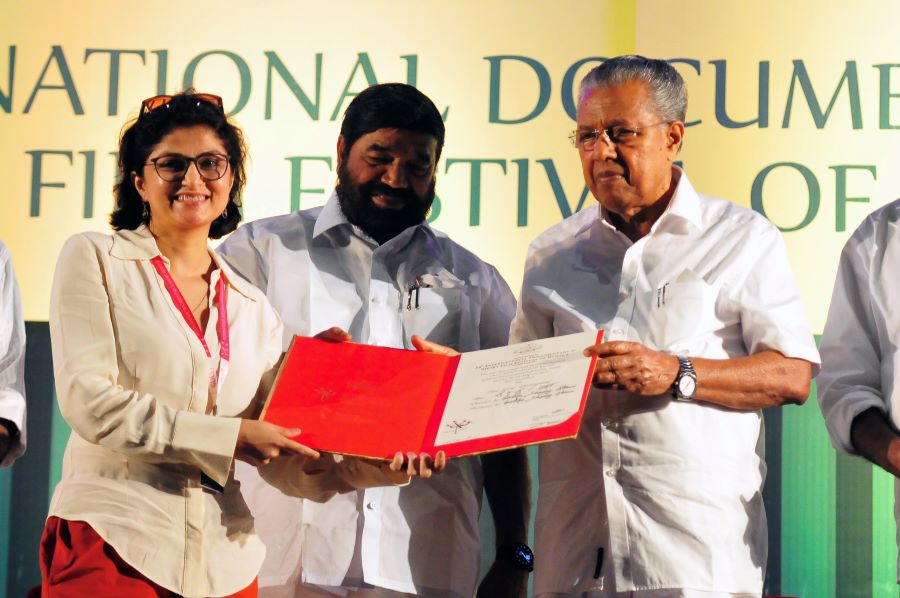
“A.K.A is purely a work of passion” – Geetika Narang Abbasi – Planet Bollywood
A.K.A (also known as ‘Urf’), a documentary made by Delhi-based filmmaker Geetika Narang Abbasi won the award for the best long documentary at the 14th International Documentary and Short Film Festival of Kerala which was conducted recently. Geetika has had a long journey with this film which offers one a glimpse into the lives of actors Kishore Bhanushali, Firoz Khan and Prashant Walde. While Kishore is known to be a lookalike of Dev Anand, Firoz has earned a great amount of fame mimicking Amitabh Bachchan. Prashant is widely referred to as Junior Shah Rukh Khan.
In this interview, Geetika talks about the reason behind making a film on Bollywood lookalikes, the challenges she faced during the process, how streaming platforms have widened the reach of documentaries, journey as an independent filmmaker and more.
When did you first think of making a documentary on actors who have made a name for themselves as lookalikes of popular Hindi film actors?
I have always been amazed by how films are an intrinsic part of our culture and it made me think why there was a dearth of documentaries on our cinema, or films and larger visual culture. I wanted to explore more on this form of popular culture through my work, but could never find the right story. The idea for a film on lookalikes just occurred one fine day, and I thought, why not! Initially, I was very intrigued by the whole phenomenon of imitation, of assuming a star’s personality and being a ‘reflected’ star. Soon I realised how it is also unique to our films. There have been mainstream films with lookalikes in the lead and then, of course, they feature in comedy tracks of countless other films. We had seen Kishore in many of the popular films in the ‘90s like ‘Dil’, ‘Ramgarh Ke Sholay’ and ‘Aunty No. 1’. There were many actors back then who were famous for being lookalikes of Bollywood superstars. During those days, they would appear quite often on ‘Lehren’ and other popular TV shows, like Star TV’s ‘Ek Do Teen’. Even today they get attention because of their looks or because of their imitation of the stars. I wanted to see how the artist or the actor in them operates.
As a child, you used to think Charlie Chaplin copied Raj Kapoor.
Yes, that’s right (laughs). I first saw ‘Shree 420’. After that, I saw the Charlie Chaplin films. I think Charlie Chaplin is the greatest artist of all time but for the longest time, I thought that he was copying Raj Kapoor and not vice versa.
You started working on this documentary in the year 2015. What kind of challenges you did you face making it?
We started shooting in early 2015, and the final leg of the shoot happened in 2019. I live in Gurgaon and make corporate films for a living. To co-ordinate my work and balance a shoot that involved three actors who were based in Mumbai – and were all busy with their own lives – was logistically challenging. So, the shoot happened in bursts. Sometimes, we would go on their shooting sets and just wait for a long time before we could actually start rolling. Capturing them while they performed on stage was the toughest, because they’d get confirmations at the last minute.
While I continued with editing sequences during this period, the final cut was locked only in 2020, just before Covid hit India. During the pandemic, I worked on other post-production aspects like music, colour grading, graphics, sound mixing, etc. I had to manage all this remotely as a large chunk of the team was based in Mumbai. On top of this, my limited resources added another layer of complexities. Not losing faith in the film and in myself during that period of uncertainty was tough. I feel the same must be true for all the films that got made during the pandemic.
It is a self-funded film. That must have made the process even more challenging.
Yes! The biggest challenge was in fact that it was a completely independent venture. I felt that this kind of subject wouldn’t find a financer, so I decided to fund it myself. I also edited the film on my own as I did not have the budget to hire an editor. With hundreds of hours of footage and interviews, certain decisions on the edit table took me really long to make. I had the support of friends and family, many of whom were also part of the crew and were very kind to come on board for almost no or very less money. To operate with limited financial resources makes a job tougher and more time-consuming, especially as then we weren’t sure as to what the future will be for the film. We could sustain only because of the passion for telling this story through a film. A.K.A is purely a work of passion.
How did the three artists react when you approached them to share their journey through this documentary?
Initially, the three artists were a little apprehensive, they wondered why we wanted to make a film on them. In fact, it was tricky for them to be in front of a camera and not play the star they impersonate. They were always in their ‘character’. It took us some time to ease them into being themselves on camera as they are not used to people asking them their personal stories. They were sceptical about the idea of this film. Over time, I discovered that all three of them had a deep love for Hindi cinema, something that I also shared with them. It helped us bond as the film progressed.
The logline of the film is “when your face has a name, and your name doesn’t have a face.” Was your primary objective behind making this documentary to bring these people to the forefront?
Yes, it was. I was aware that identity will be an important theme of the film. But my ideas of how it plays out in these actors’ minds was actually quite different from the reality. Before meeting them, I used to think that they would be dreaming about themselves as the stars they imitate or behaving like them most of the time, or that they would have multiple personalities (I was romanticising the theme of identity, perhaps in my head). That was not the case, at least not with the three main characters. It was not a battle of two selves within one person. The struggle is to get recognised with their own name, away from the shadow of the stars they imitate. Most of them set out as lookalikes and later realise they are burdened with stereotypes that come along, and are unable to get rid of them.
It was also a revelation, the conflict that these actors had within themselves. They are unsure at times, if they want to break away from the star’s reflection. The stereotype, though cumbersome to handle as an artist, is helping them survive financially in a difficult industry. Survival or financial constraints are sometimes the biggest determining factors, as to how one shapes his or her identity. This tussle emerged as a theme during the journey of the film – the push and pull between the mimic, the actor, the fan, the artiste, and the breadwinner, all of whom co-exist within them.
The film recently won the award for the best long documentary at the 14th International Documentary and Short Film Festival of Kerala. It has been screened at several festivals in India and abroad. What kind of response you have received from the audience so far?
The response has been full of intrigue. I feel the subject itself arouses curiosity and that has been helpful. One of the things the audience liked is that the film portrays these three artists as actors. Many aspiring actors told me how they relate to them. People in general are quite amused by the kind of lives they lead. Prashant also attended the film festival in Kerala, and the audience couldn’t have enough of him – he was surrounded by people, either for photos or with unending questions and compliments. It was heartening to see how he was being addressed as ‘Prashant’ by everyone after the screening.
I really didn’t make the film keeping an international audience in mind. I just tried to stay true to the subject and the characters as I perceived them. So, a world premiere in Rotterdam in January this year, was a huge validation that the film is resonating with non-Indians too, also those who are unfamiliar with Hindi films or its stars. The award at IDSFFK has filled us with hope to move forward on our journey of independent filmmaking.
Documentaries have always struggled to find the right distribution platforms. Many a time, people would hear great things about a particular documentary but wouldn’t know where to watch it. Do you think streaming platforms have made documentaries more accessible to the general audience?
Yes, I think so. One has to accept the fact that documentaries don’t have a huge mass appeal in India. People often imagine documentaries to be serious or boring. Because of streaming platforms, the audience is now more exposed and aware of all kinds of cinema, and documentaries are finding an audience on such platforms. Which is perhaps one of the reasons that I see a rising interest in documentary festivals by the general population, and not just film students or people from the fraternity as was the case some years back. Also, through online streaming, a documentary has a better chance at revenue generation. I hope that will have a positive effect on the quantity and quality of non-fiction content.
Do you plan to release ‘A.K.A’ on some streaming platform?
I definitely want to do that. We are in talks with some OTT platforms. Once something gets finalized, we will make a formal announcement.
You started your career as an advertising professional. How did filmmaking happen?
I did my post-graduation in advertising. Marketing communication management – to be precise. While I was studying I knew that it isn’t really my cup of tea, and I always had an interest in films. But I continued with the course, and alongside started working with a production house in Delhi. They used to make corporate films, TV ads and documentaries. I have never been to a film school but learnt everything on the job.
My first film was a short fiction named ‘Good Night’. The next one was ‘Much Ado About Knotting’, a documentary about matchmaking in India. I have always believed that the content guides the form, and would like to continue dabbling in both fiction and non-fiction formats in future.
Growing up in a middle-class family in North Delhi, which was that one thing that attracted you towards cinema?
For me, cinema was the greatest escape from studies which I detested as a child (laughs). Thankfully, my father was a huge film buff and a great admirer of Hindi film music. In our household, the sound of the radio or cassette player was a constant. My introduction to the world of Hindi cinema was through its music. I would find films to be magical, full of life lessons and of course, I used to look forward to the hopeful happy endings.
You have worked independently so far. If a big studio approaches you someday to make a feature film, would you be willing to work with them?
I am absolutely open to the idea of collaborating with a big studio. Though working independently has its own perks – you get a very wide canvas and most things are under your control. At the end of the day, the idea or content has to guide everything, and remaining true to the subject is very important to me.
Publisher: Source link
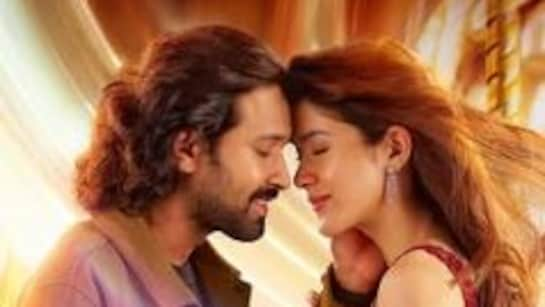
Aankhon Ki Gustaakhiyan Movie Review
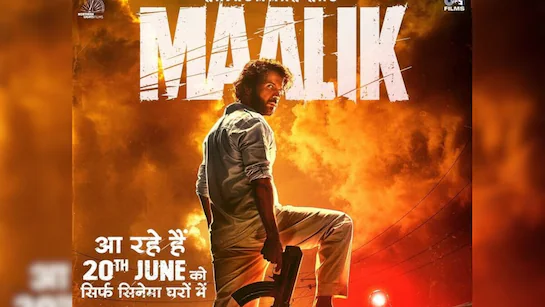
Maalik Movie Review – Bollymoviereviewz
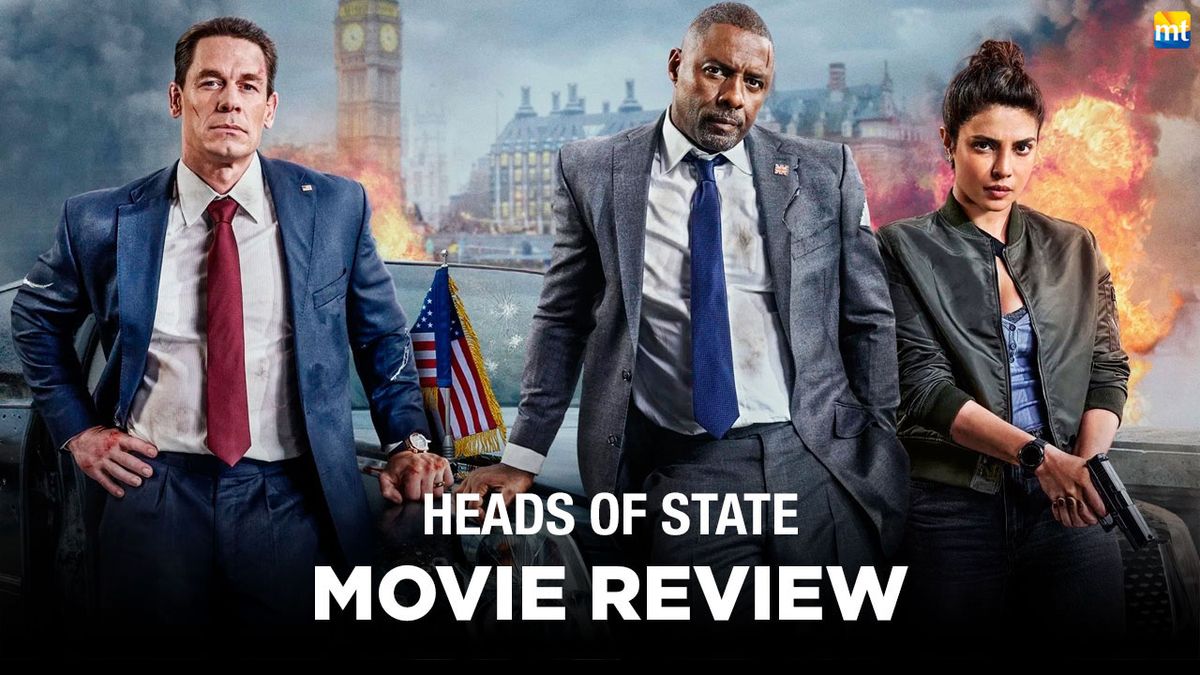
As Dull As Citadel, Just Add Humour

